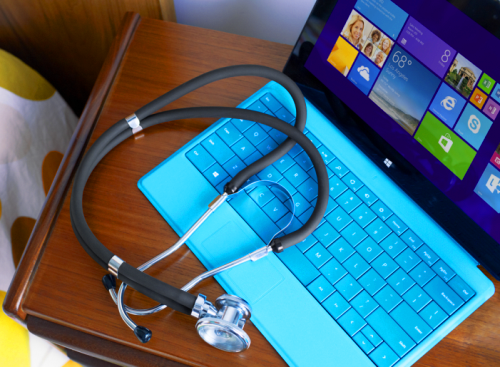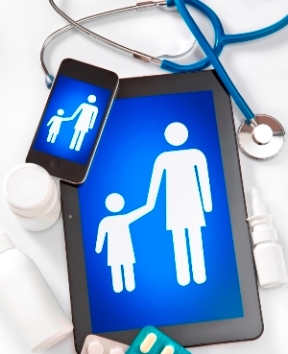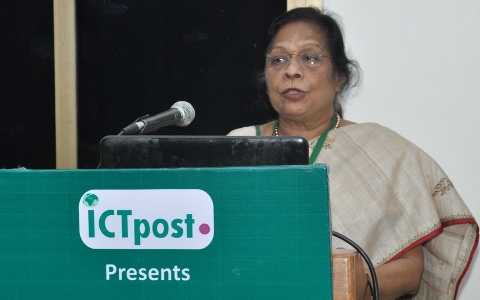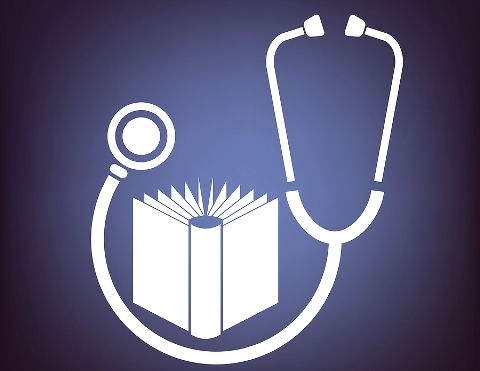The Lancet
The COVID-19 pandemic has challenged and, in many cases, exceeded the capacity of hospitals and intensive care units (ICUs) worldwide. Health-care workers have continued to provide care for patients despite exhaustion, personal risk of infection, fear of transmission to family members, illness or death of friends and colleagues, and the loss of many patients. Sadly, health-care workers have also faced many additional—often avoidable—sources of stress and anxiety, and long shifts combined with unprecedented population restrictions, including personal isolation, have affected individuals’ ability to cope.
As the pandemic unfolded, many health-care workers travelled to new places of work to provide patient care in overwhelmed facilities; those who volunteered in unfamiliar clinical areas were often launched into the pandemic ICU setting with insufficient skills and training. The burden of training and supervising these volunteers fell on already stressed clinicians. Hospital-based health professionals worked long hours wearing cumbersome and uncomfortable personal protective equipment (PPE), after initial shortages of PPE had been addressed. They strived to keep up with emerging knowledge, institutional and regional procedures, and changing PPE recommendations, while trying to distinguish accurate information from misinformation. Health-care workers had to adopt new technologies to fulfil patient care and educational responsibilities, including the provision of telemedicine.
Insufficient resources and the absence of specific treatments for COVID-19 added to the challenges of managing severely ill patients. Health-care workers had to care for colleagues who were ill, offer comfort to dying patients who were isolated from their loved ones, and inform and console patients’ family members remotely. Some health-care workers were burdened with emotionally and ethically fraught decisions about resource rationing and withholding resuscitation or ICU admission. They shared the pain of patients without COVID-19 who had their surgery or other essential treatments cancelled or postponed.
The fear of transmitting COVID-19 led many health professionals to isolate from their families for months. Working remotely and being shunned by community members further contributed to loneliness. Many health-care workers experienced lost earnings because of cancellations in outpatient visits and elective procedures. The training of health-care workers (eg, medical students, residents, and allied health learners) was also interrupted, leading to loss of tuition fees, missed learning opportunities, missed exams, and potentially delayed certification. Home health-care workers experienced additional challenges that exacerbated the inequities they face as a marginalised workforce, including limited or no PPE, varying levels of employer support, and the difficult choice of working with its attendant risk or losing wages and benefits.
The burden of COVID-19 on health systems and health-care workers was substantial in low-income and middle-income countries (LMICs), where difficult daily triage decisions had to be made in the context of grave shortages of basic equipment and consumables. LMICs saw an internal drain on human resources as health-care workers were pulled from clinical practice to join COVID-19 committees and task forces. In the already stretched areas of anaesthesia and intensive care, a high clinician burnout rate might have contributed to worse outcomes for patients with COVID-19. An increase in non-COVID-related health problems and deaths (eg, those caused by disruptions to vaccination or screening programmes for other infectious diseases), including personal health challenges for health-care workers (eg, worsening of diabetes control), further strained poorly resourced health systems.
LMICs experienced high rates of health care-associated COVID-19, due in part to a shortage of PPE, increased workload, inadequate training and infection control practices, and pandemic fatigue. Guilt and stigma associated with COVID-19 were common. Cases of health-care workers abandoning their posts or refusing to attend to patients suspected of having COVID-19 were not uncommon. Health-care workers have been subjected to denigration from various sources during the pandemic, including political leaders and hospital administrators. In some LMICs, such as Uganda, health professionals were targeted by the public because of their roles on scientific advisory committees, and their policy decisions were met with mistrust and hostility.
Health-care workers are known to be at risk for anxiety, depression, burnout, insomnia, moral distress, and post-traumatic stress disorder. Under usual working conditions, severe burnout syndrome affects as many as 33% of critical care nurses and up to 45% of critical care physicians. Extrinsic organisational risk factors—including increased work demands and little control over the work environment—and the trauma of caring for patients who are critically ill have been heightened by the COVID-19 pandemic and represent important exacerbating factors for poor mental health among health-care workers.








